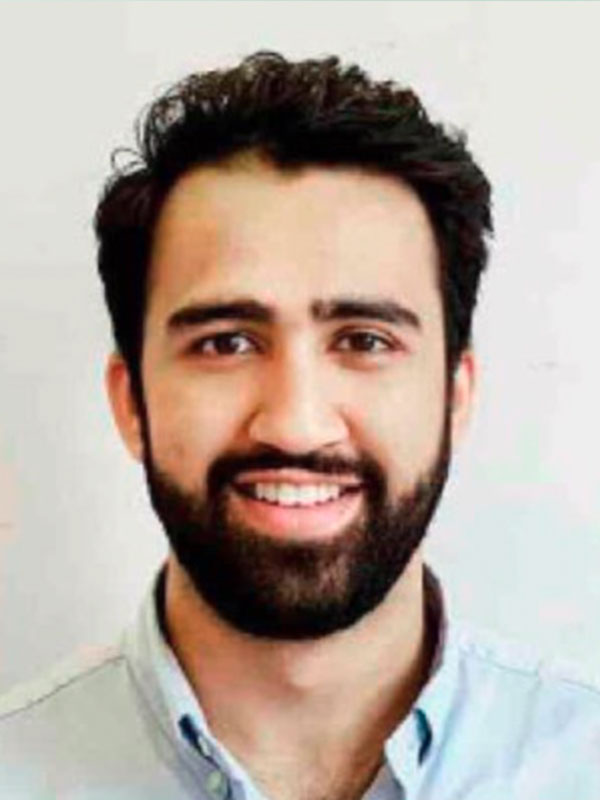Creating an AI-MRI service
At the beginning of my fellowship...
The aim of my project was to improve MRI quality and capacity by in-house artificial intelligence software to monitor the quality of images.
During my fellowship...
During my fellowship I was able to secure a further £100k of funding to fund the develop of the platform that would host this AI software.
It turned out this software had significant value in deploying AI generally. This in turn attracted the attention of The London Medical Imaging & AI Centre for Value Based Healthcare, who have co-opted it as one of their flagship platforms and who will help to fund it from part of their £16m programme to scale up AI in the NHS.
The COVID-19 pandemic meant a reshuffling of responsibilities and a pause in the MRI work. I then took on a role with the AI Centre as AI Transformation Lead, where I developed some of the processes and policies around AI development and deployment.
At the same time, I set-up the GSTT AI Board whose remit was to oversee the safe and effective procurement and deployment of commercial AI solutions. The work was shared with NHSX and now forms a part of the updated AI Buyer’s Guide. I’m also one of the founding members of a BSI group set up to develop an industry standard in medical AI safety and effectiveness.
Most recently, I’ve been promoted to a Consultant Physicist and have been charged with setting up and leading the Clinical Scientific Computing section within GSTT. The section’s mission statement is to develop people/platforms/policy for digital health.
Lessons learned:
- Make sure to seek productive collaborators, where your impact could be multiplied
- Try to be as self-sufficient as possible in terms of skills and capabilities – sometimes your collaborators can’t help you
- Always remember how your work helps the patients. That way you never have to convince someone why your work is valuable (especially when you need funding!)

